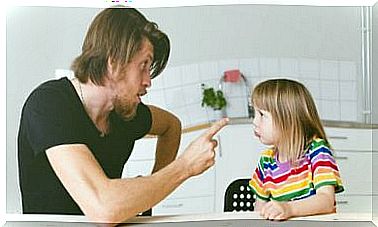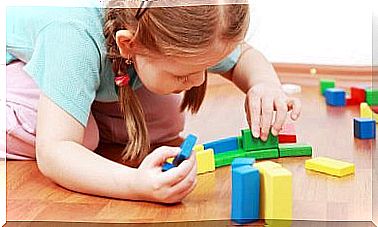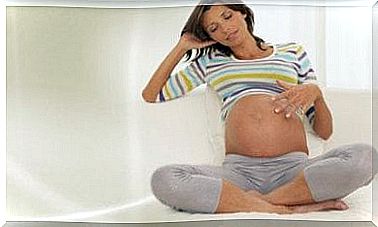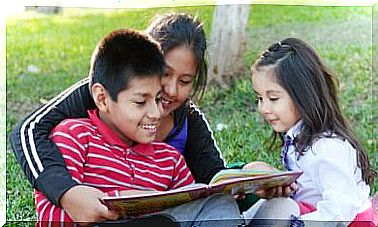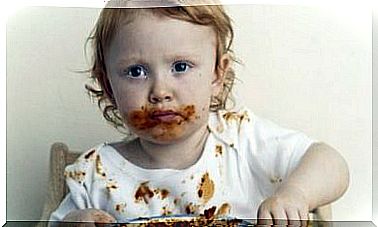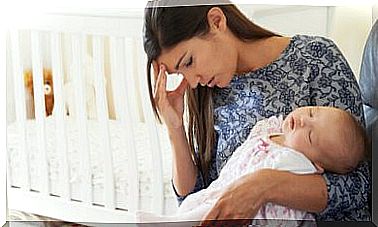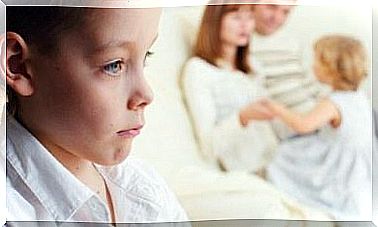Wheezing In Children
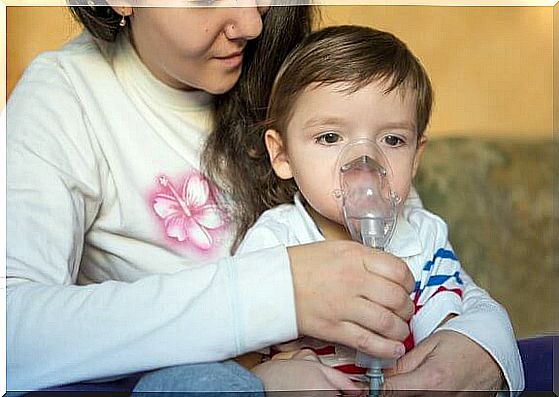
Different types of illnesses are characterized by the presence of wheezing in children. They can be identified by a high-pitched wheezing sound during breathing, which occurs when air travels through the narrow airways in the lungs.
According to pediatricians Lydiana Ávila and Manuel Soto, from the National Children’s Hospital “Dr. Carlos Saenz Herrera” in Costa Rica, there are several pediatric diseases that are characterized by the presence of wheezing.
Therefore, they emphasize that the diagnosis is differential. Furthermore, they emphasize that asthma is the most frequent cause of wheezing, although there are also other diseases that can cause them.
What is wheezing in children?
Wheezing in children is known as a breathing noise that, in most cases, occurs on expiration. However, it often also occurs on inspiration.
Why do wheezes occur?
According to the experts mentioned above, wheezing occurs when there is an obstruction to the air flow. This produces a vibration from the walls, which in turn causes an audible sound.
Some of the causes of wheezing in children are:
- Asthma: Bronchial asthma is the most frequent cause of wheezing in children. It is a chronic disease in which airway inflammation occurs.
- Aspiration of a foreign body to the lungs: the sudden appearance of wheezing may be indicative of aspiration of a foreign body.
- Objects trapped in the larynx, trachea or bronchi produce severe dyspnea, while those located in the peripheral pathways can cause recurrent pneumonia and wheezing.
- Viral infection: infectious diseases, especially those of viral origin, are a frequent cause of wheezing in children, especially in infants.
- In them, respiratory syncytial virus, adenovirus, parainfluenza, influenza, rhinovirus and atypical bacteria such as Mycoplasma pneumoniae and Chlamydia pneumoniae may appear .
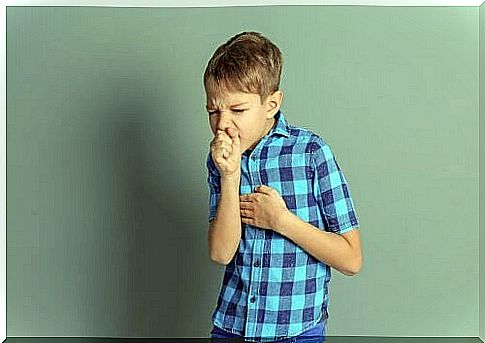
- Some medications: Accidental ingestion of organophosphates, such as parathion and methyl parathion, can cause wheezing, coughing, and dyspnoea due to serum anticholinesterase inhibition.
- Bronchiectasis : This can be caused by damage to the main airways in the lungs, which causes them to expand.
- Bronchiolitis: Infectious agents are often the cause of wheezing in children. Bronchiolitis, in turn, is an acute inflammatory obstruction of the lower airways.
- Bronchitis: it is the inflammation of the bronchi, which are responsible for carrying oxygen to the lungs. It can be acute or chronic.
- Gastroesophageal reflux: consists of the spontaneous passage of acidic gastric contents from the stomach to the esophagus. It can occur due to a deficiency in the lower esophageal sphincter.
- Aspiration of irritating substances: may occur due to the inhalation of chemical vapors, hydrocarbons or smoke.
Symptoms of wheezing in children
This wheezing when breathing is usually accompanied by other symptoms, which will depend on its cause. Therefore, when hearing a hissing sound when the child inhales or exhales, it is important to pay special attention to the appearance of the following symptoms:
- Recurrent dry cough or sputum.
- Nasal discharge.
- Fever.
- Feeding difficulty.
- Bluish coloration of the skin (in some cases).
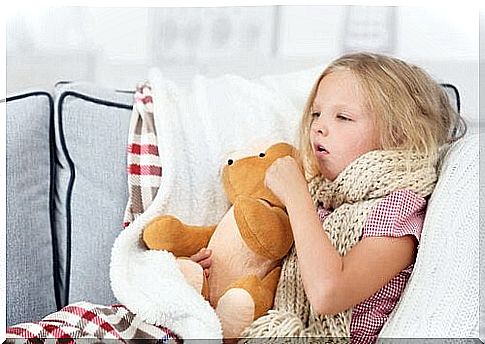
Diagnosis
When it is a severe wheezing, the specialist orders a chest X-ray to find signs that indicate the presence of a foreign body in the lungs, pneumonia or heart failure. Then, the level of oxygen in the blood is measured using a sensor on a finger of the hand (pulse oximetry).
On the other hand, asthma attacks do not require additional testing unless there are signs of severe respiratory problems.
Children who have frequent asthma attacks or other severe symptoms that are not relieved with bronchodilators or other medications may need other tests. Swallowing tests, computed tomography, or bronchoscopy are usually performed.
Likewise, in the clinical examination, there must be key data. For example, if there is low weight, heart sounds and, of course, also the auscultatory characteristics of wheezing.
In short, the appearance of wheezing in children can be an indication of a respiratory disease that can affect their quality of life. So, when you notice a hissing sound, it is essential to immediately consult your pediatrician for the corresponding tests.
